There is something timeless about seasoned Bollywood star Anil Kapoor. While several actors who started out their careers in early ‘80s have hung up their boots long ago, Kapoor continues to work with the same vim and vigour even after spending more than four decades in showbiz. The star of such iconic films as Mr. India (1987), Tezaab (1988) and Parinda (1989), never forgets to thank the Almighty for keeping him occupied with work for such an incredibly long stretch of time.
Last seen in Pagalpanti (2019), Anil Kapoor is presently busy promoting his upcoming film Malang, co-starring Aditya Roy Kapur, Disha Patani and Kunal Khemu. Ahead of the release of the romantic action thriller, Eastern Eye caught up with the seasoned actor at Luv Films’ office in Mumbai and talked to him about what led him to sign Malang, his working experience with new-age actors, the failure of Pagalpanti, and much more.
You have played a diverse range of characters in your storied career which spans across four decades. What new are you going to bring to the table in Malang?
This is a dark role, a very, very dark role. There is a lot of anger in my character. He is angry with people in his department, he is angry with the whole system. He is angry with himself, also, to some extent. Earlier, he used to be a different kind of person, but now he has completely changed and become somebody else. Goa has gone through some drastic changes from when he started to till now. He is angry with that change too. He is not happy with his department. So, all these aspects are there, which are very dark. He has reached a state where drinking and smoking do not give him that high anymore. He wants to forget himself, so he tries to get solace in intoxication.
How did you prepare for the role?
Before I started shooting for the film, I did my bit of research just to understand as to why do certain people do such things (substance abuse). I talked to a couple of people and watched some films as well.
I have not played such a dark character ever before in any of my films. This is a commercial film, but I have tried to portray my character in a way that it looks believable. It’s true that I have played a cop many a times before, but this type of cop I am playing for the very first time in my career.
Why did you take up this character?
Because I thought I wouldn’t be able to pull it off. But when people around me say that I can do a certain role, I start thinking that how can I do it? When I get that feeling that I can do it, I like to do that character. Then I get into the skin of that character slowly and slowly.
Having said that, while preparing for Anjaney Agashe in Malang, I was constantly thinking that how would I be able to play such a dark, crazy character. Would people love me in that character? I wanted that when the audience watches it on screen, it should look real. It should emerge as an entertaining character that people love it. They should not cringe while watching him. What happens, at times, is that people do not like certain dark characters because actors overdo it. I wanted to stay away from that. Writing plays an important role here. Aseem Arora has written a wonderful script. Besides that, Mohit Suri has made these kinds of films, like Ek Villain (2014), etc. He presents these characters pretty well. The fact that I had a strong team around me boosted my confidence. People working on this project were young, so I thought it would bring freshness to the film as well. These things helped me and boosted my confidence, so I decided let’s do the film.
Historical films are doing wonders at the box-office. You are also set to feature in a one called Takht.
Yes, I am doing Takht. It is a historical film. I am looking forward to it. Since Karan Johar is making it, it will be mounted on a huge scale. It is a big film.
What, according to you, went wrong with your last release Pagalpanti? You seemed very involved in that project as it reunites you with director Anees Bazmee.
I am very involved in every project that I do. I love working with Anees Bazmee, and I thoroughly loved working with him on Pagalpanti also. I am waiting for him to come to me with yet another script. I really enjoy working with him.
People loved my character in that film, and critics also praised my performance. I read a couple of reviews. What else an artist wants? Appreciation, right? At times it happens so that certain films do not release at the right time. Just before Pagalpanti, a couple of films in the same space had already arrived. So, there was some kind of fatigue, you know. Then destiny also plays a vital role.
After working in Bollywood for over four decades, how do you define success and failure?
It all depends on your journey. If your journey was good and you were happy with it, it is success. And if your films did not do well and you did not enjoy your journey, then it is of no use. I enjoyed working all these years. I have had a wonderful journey. Whatever I did, I did wholeheartedly, to the best of my abilities. The audience did not like some films of mine, and we cannot do anything about that. You have to accept it and move on to the next (project). I have been doing this for forty years now (smiles).
What do you see in a project when someone approaches you to be a part of it?
I think the director, the producer, the star cast and the studio backing it. I have to be confident of the fact that whether or not the studio has resources to make a good film, complete it and then release it properly. Then comes my remuneration. So, these are the things I always keep in mind.
Do you ever look back at your journey and analyse your work and think that maybe you could have done certain roles differently?
No, I never get the time. I finish one film and move on to the next. By the grace of God, I always have work in my hand. Instead I look forward and feel that when will I get to play that new character.
How has Bollywood evolved over the years, according to you?
People are working very hard today and good films are being made. Films are doing good business also. People are making different kinds of movies. I feel there should be more theatres though. There are new platforms available. People are doing such good work on digital platforms. Digital films are being made. So, these are the new changes. I do not miss anything from the past. I am enjoying working today.
As an actor, you have contributed immensely to the industry. Do you want to contribute as a director also?
No, I never feel like (directing). I am happy being an actor. I am happy with acting and production. This is enough for me.
Your film Ram Lakhan (1981) completes 31 years today. Would you like to share some memories from the sets of the film?
Not just Ram Lakhan, I enjoyed working with Subhash Ghai saab on each and every film that we did together. I loved working with him on Karma (1986), Ram Lakhan, Meri Jung (1985) and Taal (1999). I still love the songs of Ram Lakhan. Jackie (Shroff) and I had a lot of fun doing that film. We had great fun. There are some things which I cannot share with you (laughs). Biwi ghar se nikal degi (My wife will throw me out of the house).
Malang has a lot of young actors. How is it different working with young actors than your contemporaries?
It is much more fun working with newcomers. When you work with newcomers, you learn new things from them. You adapt to some of their things. I am not saying that I do not enjoy working with the actors from my age bracket, but working with these new actors is something different. These new actors and directors have new energy. Youth power is youth power, you know.
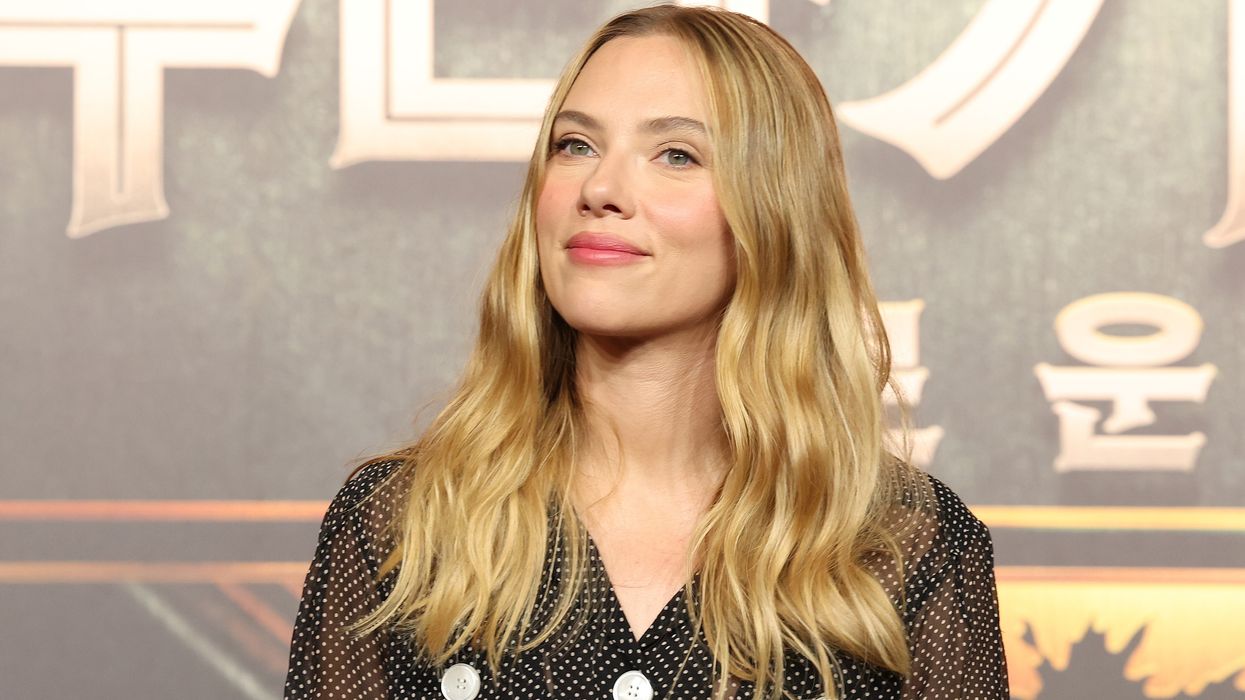

















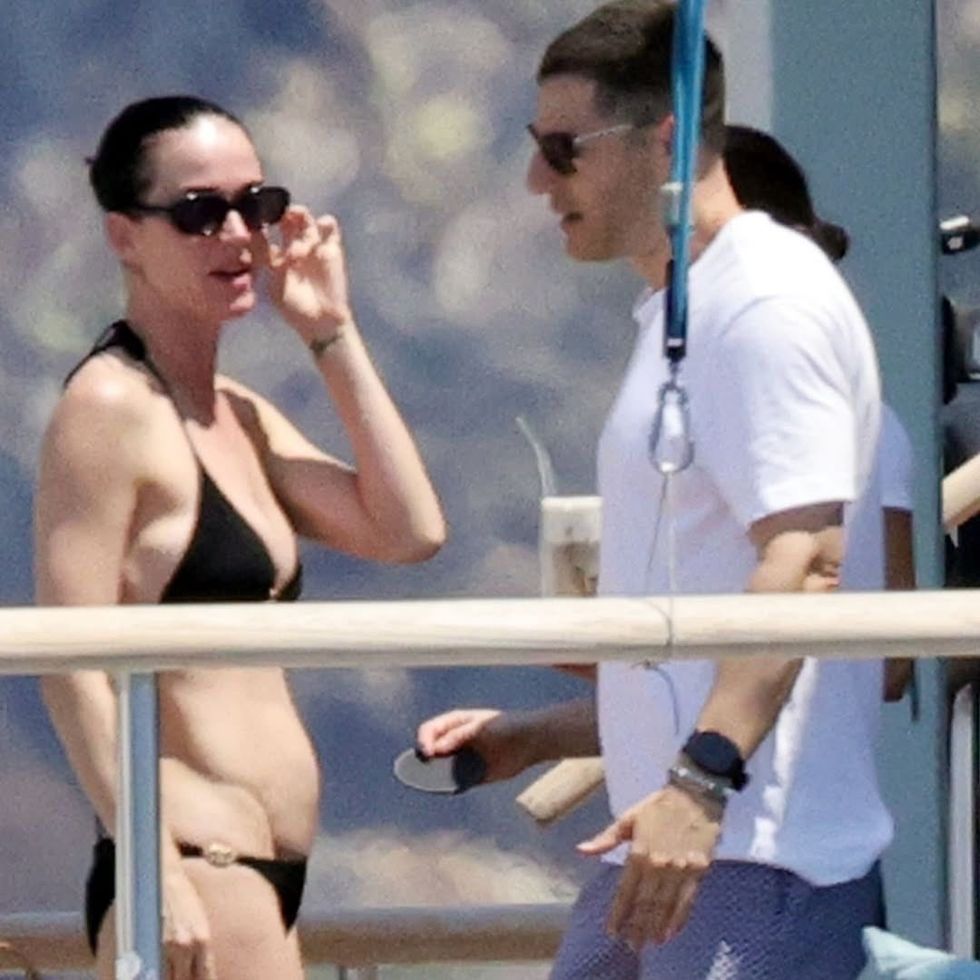 Katy Perry with longtime friend Michael Kives during her getawayTwitter/info katy perry
Katy Perry with longtime friend Michael Kives during her getawayTwitter/info katy perry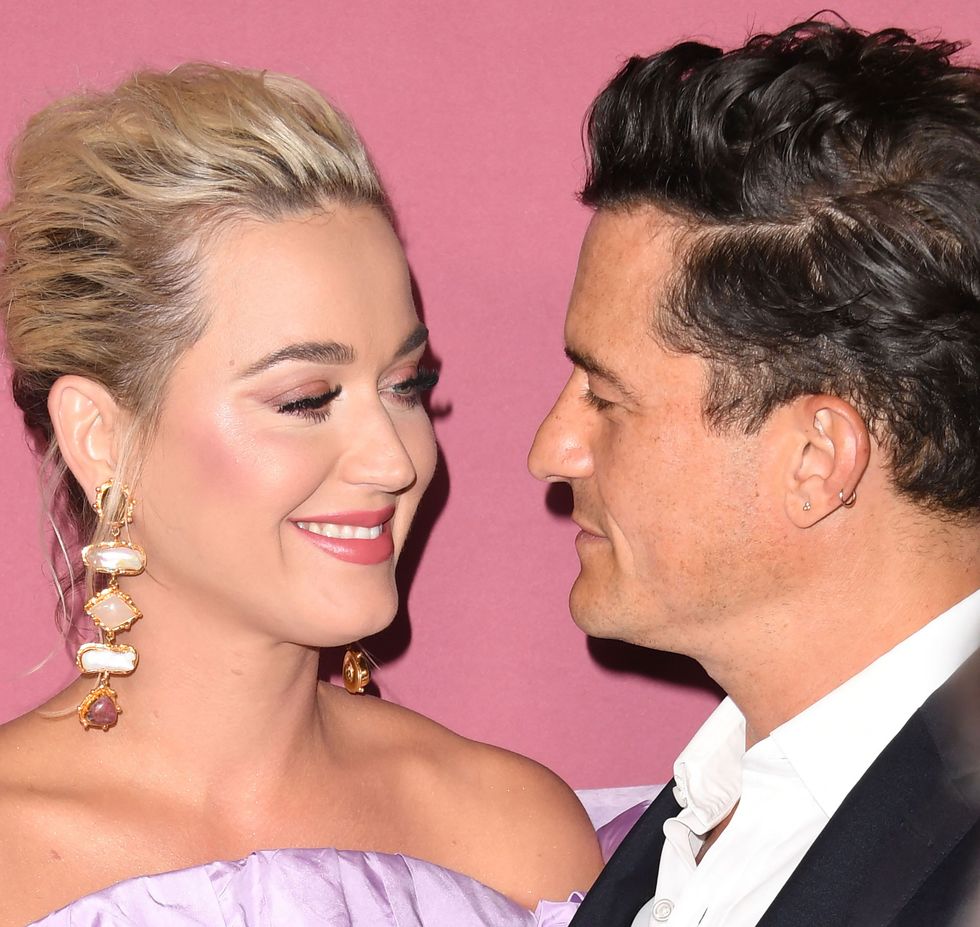 Katy Perry and Orlando Bloom focus on raising their daughter with love and respect Getty Images
Katy Perry and Orlando Bloom focus on raising their daughter with love and respect Getty Images 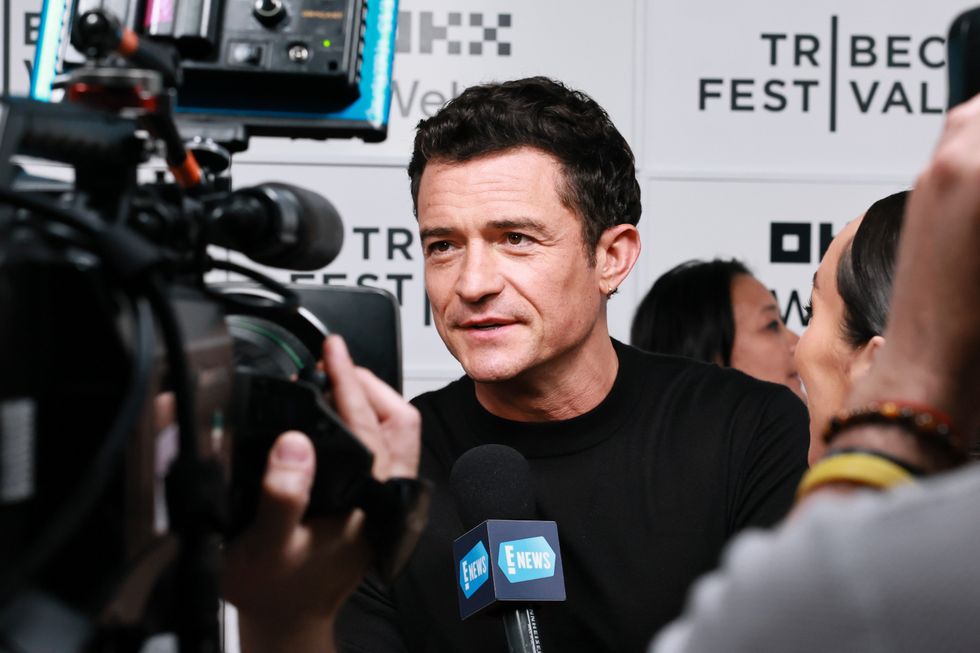 Orlando Bloom to attend Jeff Bezos wedding alone as split rumours with Katy Perry grow Getty Images
Orlando Bloom to attend Jeff Bezos wedding alone as split rumours with Katy Perry grow Getty Images 
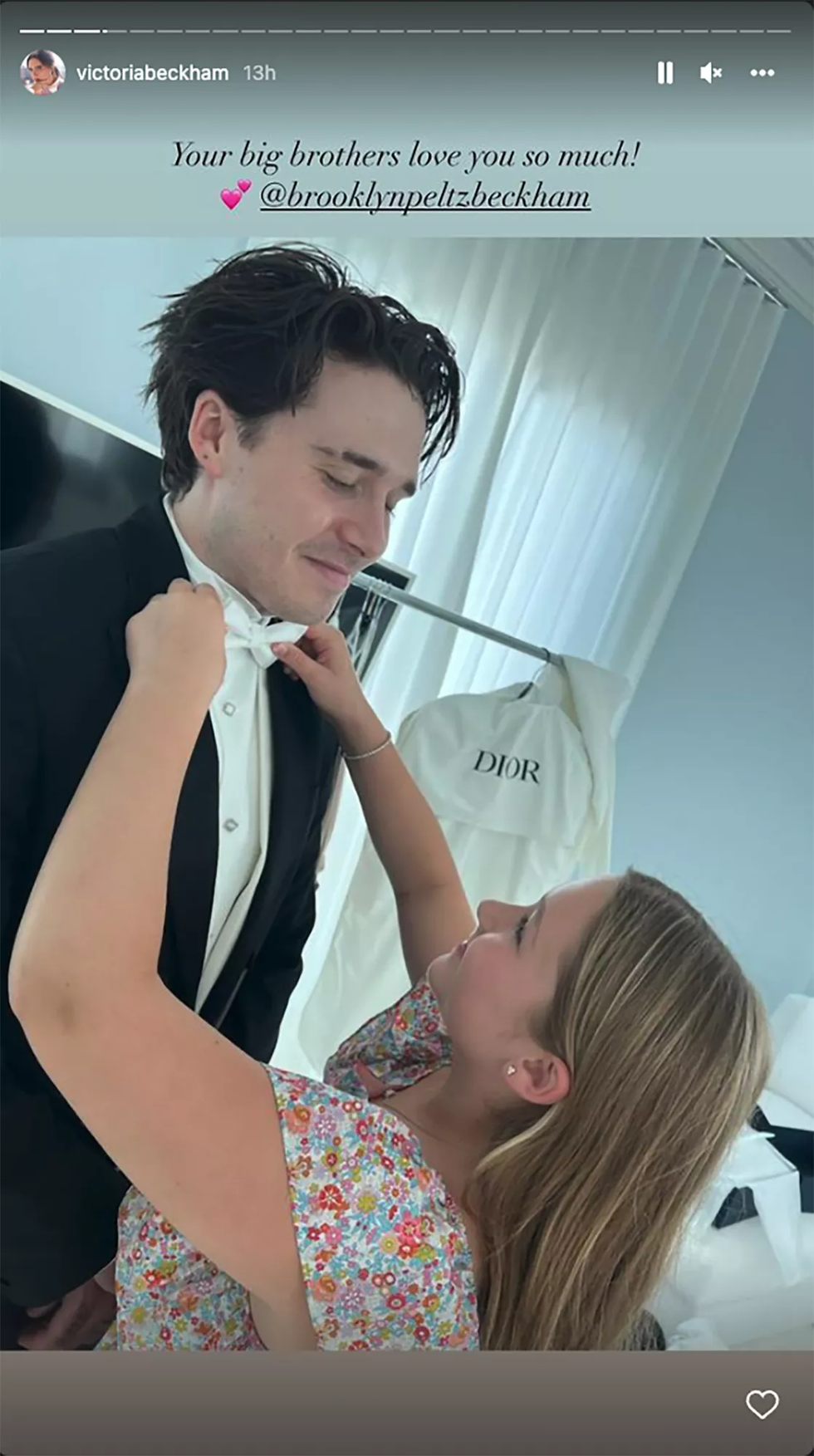 An old Instagram story of Victoria BeckhamInstagram Screengrab
An old Instagram story of Victoria BeckhamInstagram Screengrab  David Beckham, Victoria Beckham and Brooklyn Beckham attend the Louis Vuitton Menswear Fall/Winter 2018-2019 showGetty Images
David Beckham, Victoria Beckham and Brooklyn Beckham attend the Louis Vuitton Menswear Fall/Winter 2018-2019 showGetty Images  Brooklyn Beckham and Nicola Peltz attend the Mugler Womenswear Fall/Winter 2024-2025 show Getty Images
Brooklyn Beckham and Nicola Peltz attend the Mugler Womenswear Fall/Winter 2024-2025 show Getty Images